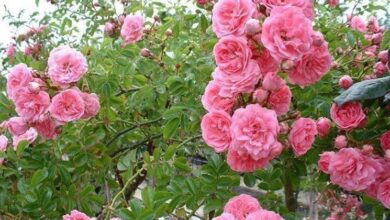Plumbago capensis
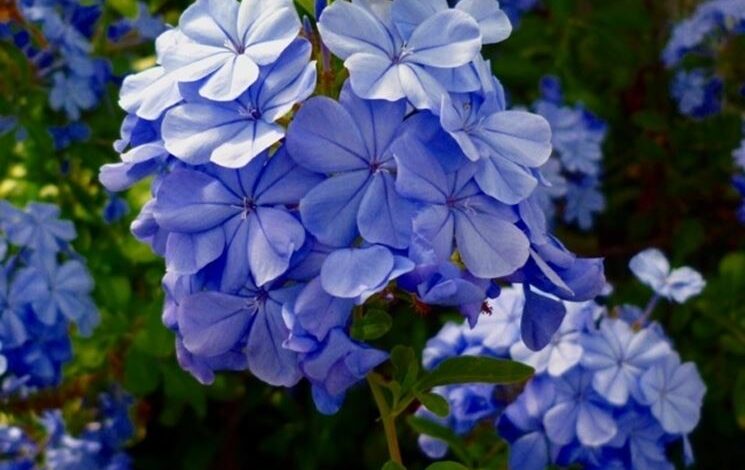
The species Plumbago capensis, climbing plant
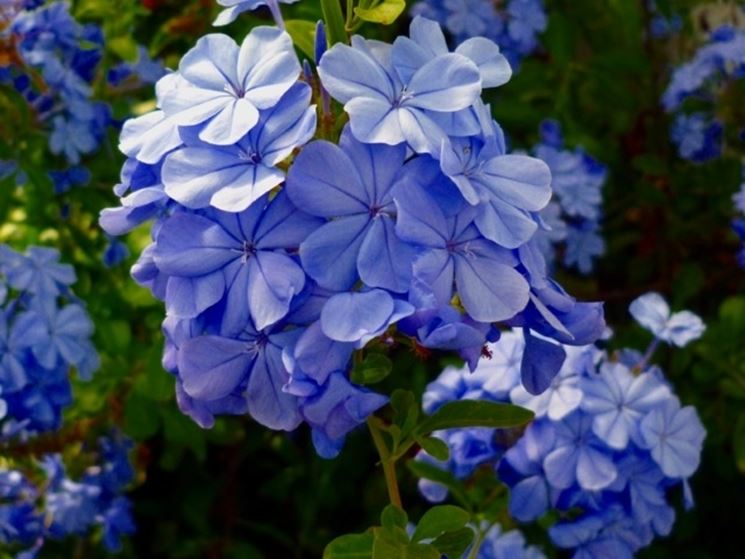
Cultivation techniques of the Plumbago capensis species
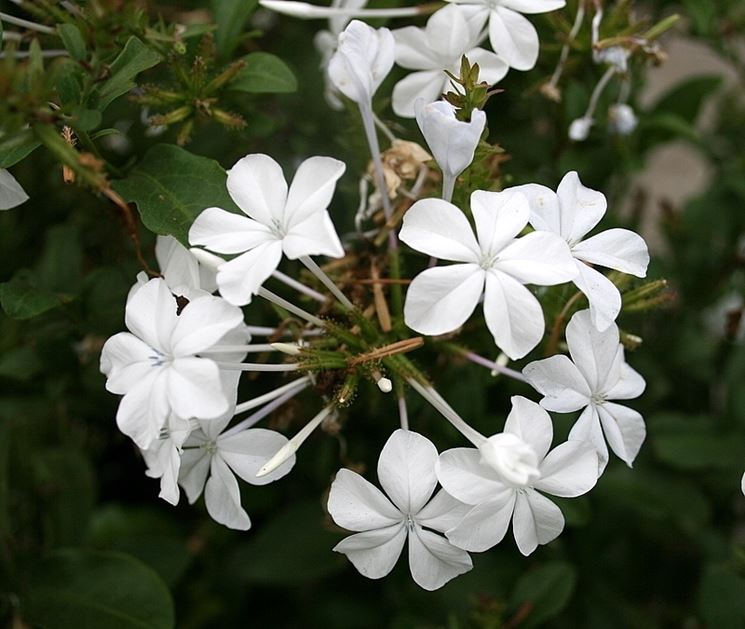
The climbing shrubs of Plumbago capensis do not require excessive cultural attention to grow and develop. They tolerate the heat of the summer season very well while they fear cold winters, from temperatures below ten degrees. These plants can be grown in the open ground in areas with a temperate climate or in pots, sheltered from strong currents coming from the north. They prefer fertile and well-drained soil, rich in nutrients, mixed with a portion of coarse sand. The exposures are very bright and sunny, they can also adapt to partial shade but the flowering will not be abundant and the growth less vigorous. Irrigation is regular and frequent starting from spring and throughout the summer. With the vegetative restart,
Pruning and adversity of the Plumbago capensis plant
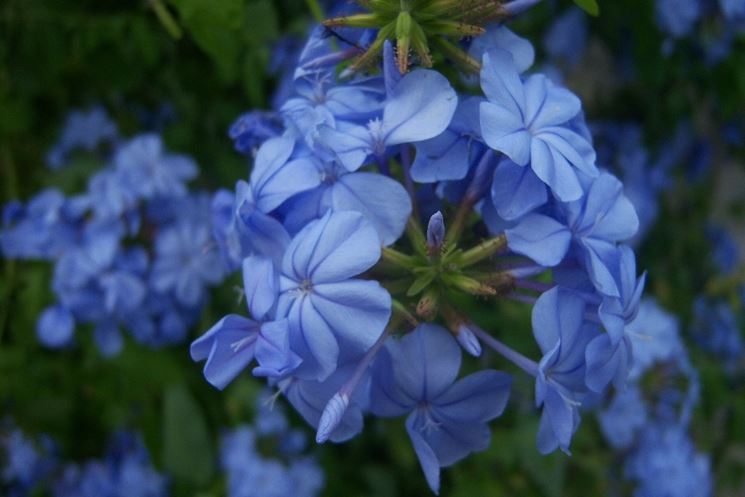
Pruning is important for the luxuriant growth of plants of the species called Plumbago capensis. It must be done at the end of the flowering period, between the autumn and spring seasons. With the use of well-sharpened shears, the woody branches are drastically shortened, this pruning work will make a greater number of shoots develop with the vegetative restart. Plumbago capensis plants suffer from water stagnation that cause the onset of rot and fungal diseases that lead to the deterioration of the plant. To prevent it is essential to keep the soil soft and well drained by mixing portions of sand. In addition, they can be infected by aphids or red spider mites,
Cutting, propagation technique of Plumbago capensis
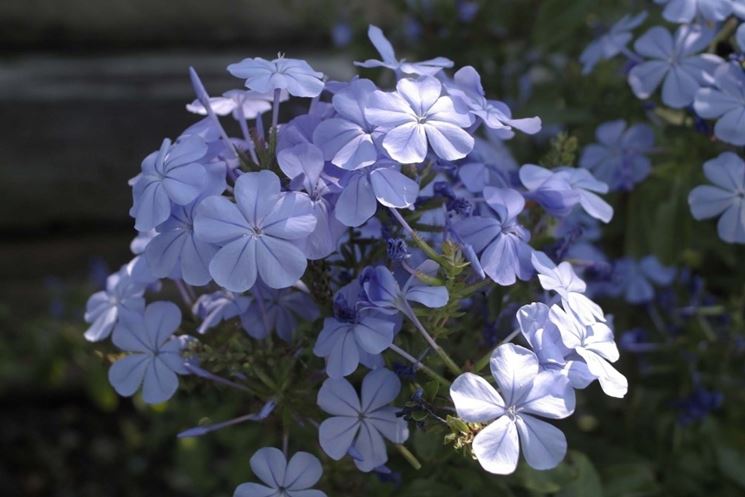
The most widespread and used method to obtain new specimens of Plumbago capensis is through the use of cutting. The buds must be free of inflorescences and must be selected in the summer months of June and July. The semi-woody cuttings with foot must be cut obliquely, the excess leaves are eliminated and the wounds are treated with pesticide and rooting powder, to accelerate the rooting process. The individual containers are filled with garden soil mixed with peat and coarse sand, ensuring proper water drainage. The plants are placed in not too bright places and the temperatures must not be below twenty degrees. The emission of leaf buds confirms the development of the new root system.


